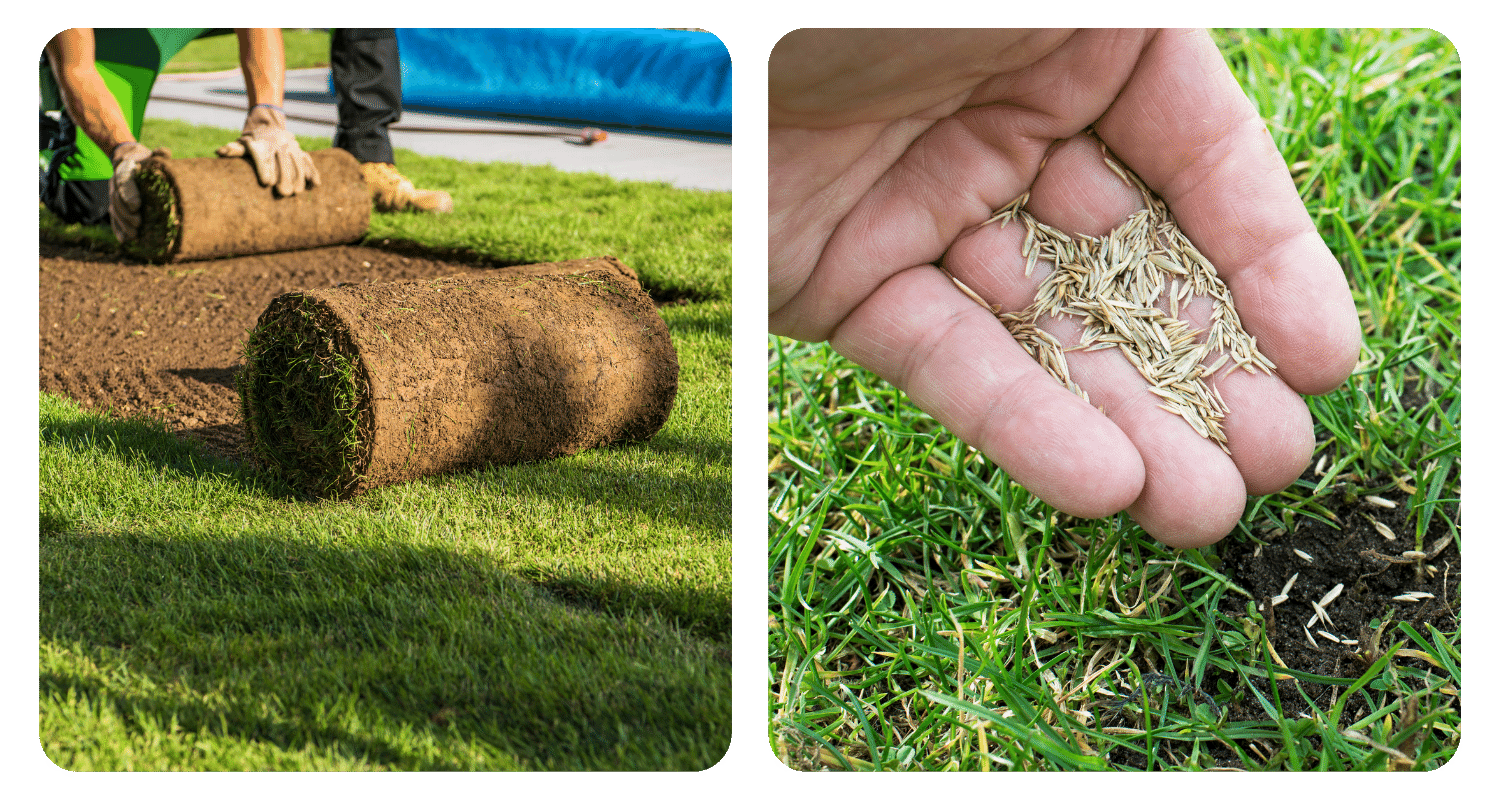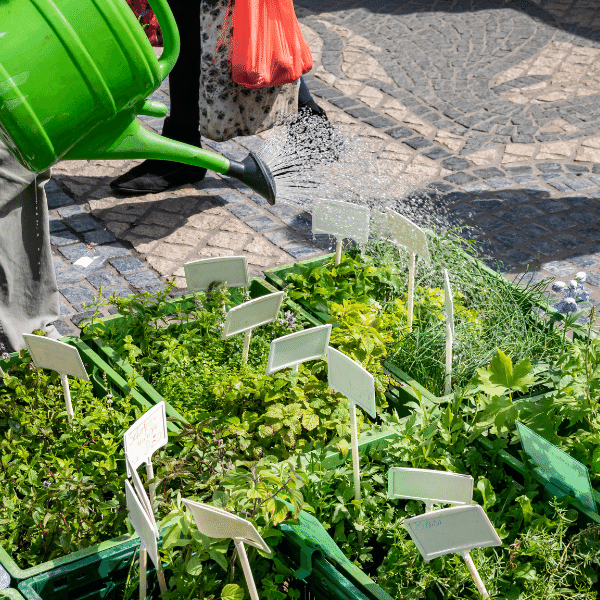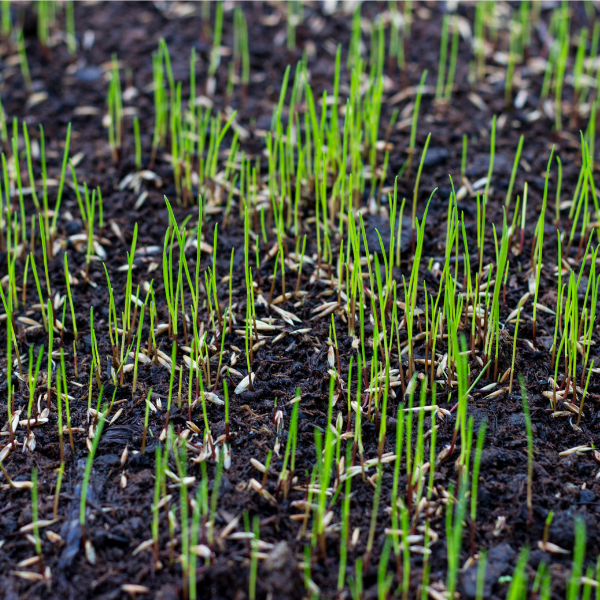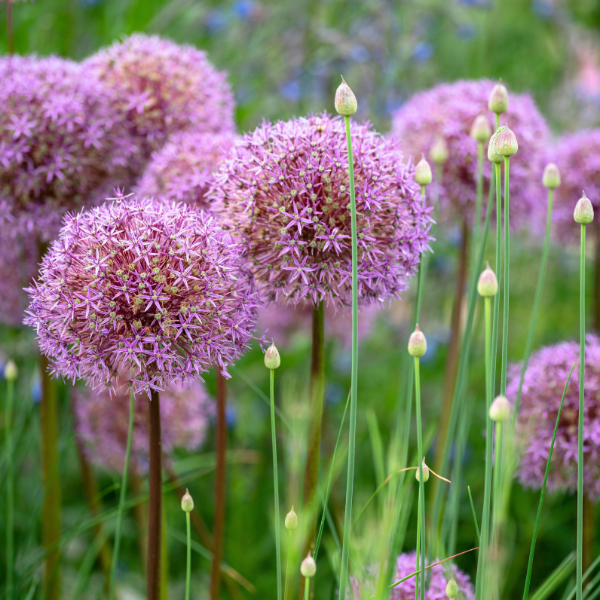Choosing Between Seeds Or Turf
Grass Seed vs Turf
Chances are, you're browsing this blog with the intention of upgrading your lawn. Perhaps you've recently relocated and found the grass in disarray. Alternatively, you might be tired of struggling with your current turf and seeking a swift solution. When it comes to achieving a stunning, enduring lawn to impress your loved ones, the debate between grass seed and turf emerges: which option reigns supreme?
Admit it, we all aspire to have a meticulously groomed lawn. Yet, achieving that level of perfection demands a considerable amount of effort. Whether you're aiming for a complete transformation of your current lawn or starting anew, the perennial question arises: "Should I opt for seeding or turfing?" This article delves into the advantages and drawbacks of both methods, assisting you in making a well-informed decision about the approach that suits you best.

Turf
Advantages:
Provides instant results with a fully established lawn upon installation
Quick to establish, allowing for immediate use
Can be laid at any time of year with proper watering
Easy to maintain a precise edge along borders
Disadvantages:
Higher initial cost compared to seed
Rolls of turf must be laid promptly as they spoil quickly
Finding matching turf for filling gaps can be difficult
May shrink in hot weather if not adequately watered
Seed
Advantages:
Lower cost compared to turf
Offers a wider selection of grass types to choose from
Convenient as seeding can be delayed in case of unexpected poor weather
Easier to transport
Disadvantages:
Takes time to establish and achieve full coverage
Limited sowing seasons (spring or early autumn)
Requires slightly more site preparation
Achieving neat outer edges can be challenging

Grass Seed Q&A's
How long does it take for Grass Seed to establish?
Planting grass through seeding is at least ten times more cost-effective compared to using turf. Therefore, from a financial standpoint, sowing is the more economical choice. However, it's important to note that seed-based growth requires some time to establish, whereas turf provides an instant lawn.
How long does it take for grass seed to germinate?
Primarily, favourable weather conditions are essential for grass seed germination. Grass plants become dormant in winter when temperatures fall below 10ºC, making it unlikely for germination to occur in such conditions. For optimal outcomes, it is advisable to wait until the ambient temperature consistently reaches a suitable 10ºC, typically spanning from February to October. However, it's crucial to note that soil temperature holds greater significance than air temperature. Since soil warms up more gradually than the air, utilizing a soil thermometer is prudent, especially after a mild January. If the soil temperature has reached 10ºC, then you're good to go!
Once you've seeded your grass (refer to this article for comprehensive sowing details), germination should occur within ten days. While you may observe the initial signs of growth at this point, refrain from walking on the newly sown area.
How soon can I walk on newly seeded lawn?
Initially, grass shoots are susceptible to damage, so it's advisable to refrain from walking on your newly seeded grass for a minimum of four weeks. For regular usage, it's recommended to wait even longer—preferably until after the third cutting. This extended period allows your newly planted grass to establish robust root systems. While cutting your new grass is beneficial for enhancing resistance, it's essential not to mow it too short initially. Let it attain a reasonable height before the first cutting, approximately around 5 inches.
Turf Q&A's
How do I lay turf?
The process of laying turf involves extensive preparation, encompassing various tasks such as:
- Removing old turf, decking, or paving.
- Arranging skip hire, with costs ranging from £100 to £300 based on the volume of discarded sod.
- Replacing the topsoil, which could incur expenses of up to £30 per square meter.
While turfing your lawn independently can be a cost-saving option, it is undeniably a time-consuming endeavour if done correctly. Opting for professional services to handle the entire job, including turf and labor costs, would typically amount to approximately £500 for a 20m² lawn.
Can I walk on turf straight away?
Certainly, there's a waiting period involved when dealing with grass seed. Now, what about newly laid turf? One might assume that you can walk on turf immediately, but unfortunately, that's not the case. Regrettably, walking on newly laid turf before it has established can lead to damage or even kill the grass.
How long does it take for turf to fully establish?
Laying turf offers the advantage of achieving an instant lawn aesthetically. However, the strength of grass plants is contingent on their roots. Therefore, it's advisable to refrain from walking on newly laid turf for a minimum of four weeks. This allows the grass plants to establish deep roots into the existing soil, promoting their strength and resistance-building capabilities.

 2,768 REVIEWS
2,768 REVIEWS











